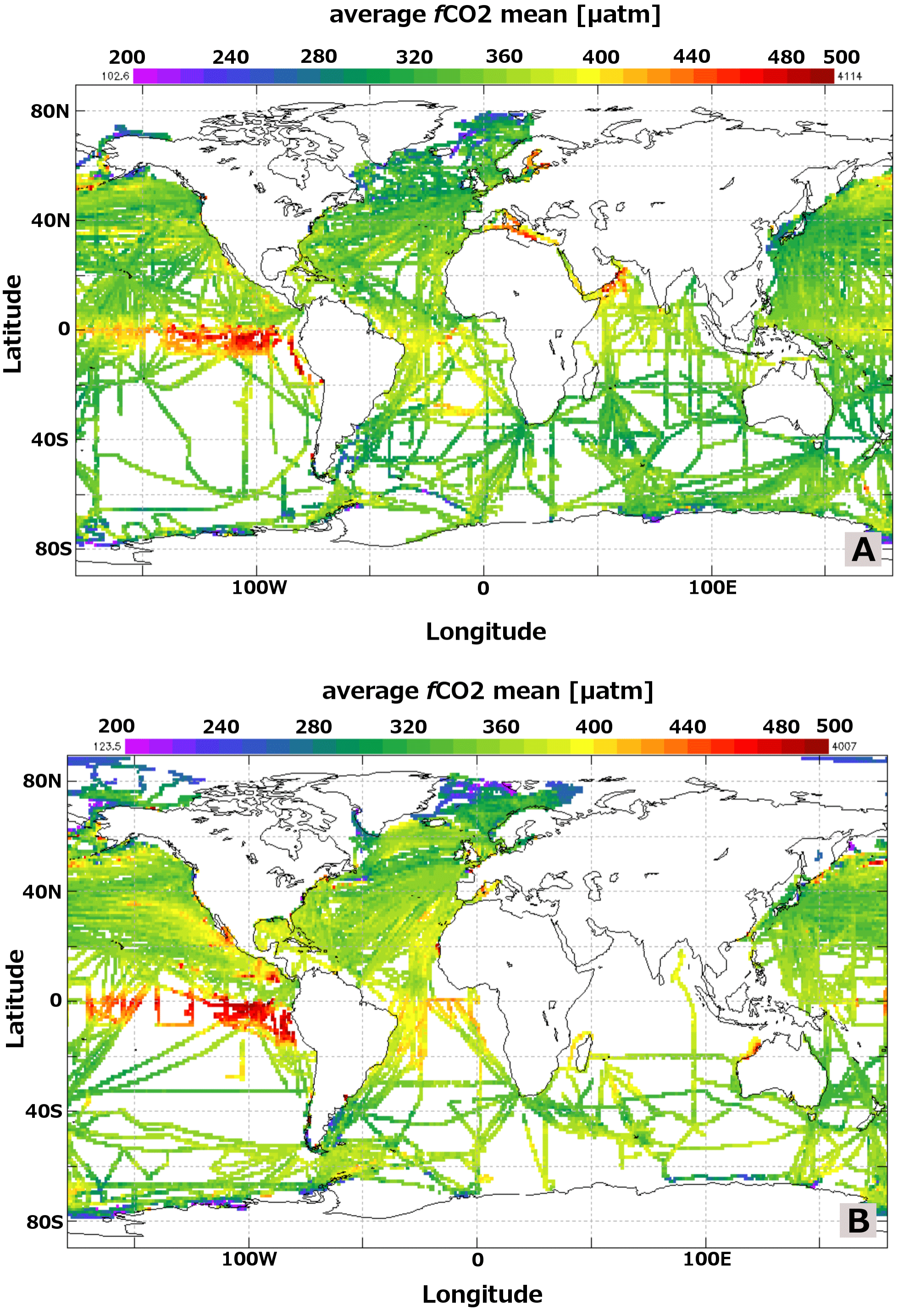Words on Wednesday aims at promoting interesting/fun/exciting publications on topics related to Energy, Resources and the Environment. If you would like to be featured on WoW, please send us a link of the paper, or your own post, at ERE.Matters@gmail.com.
***
Heinze, C., Meyer, S., Goris, N., Anderson, L., Steinfeldt, R., Chang, N., Le Quéré, C., and Bakker, D. C. E., 2015. The ocean carbon sink – impacts, vulnerabilities and challenges, Earth Syst. Dynam., 6, 327-358, doi:10.5194/esd-6-327-2015.
Abstract:
Carbon dioxide (CO2) is, next to water vapour, considered to be the most important natural greenhouse gas on Earth. Rapidly rising atmospheric CO2 concentrations caused by human actions such as fossil fuel burning, land-use change or cement production over the past 250 years have given cause for concern that changes in Earth’s climate system may progress at a much faster pace and larger extent than during the past 20 000 years. Investigating global carbon cycle pathways and finding suitable adaptation and mitigation strategies has, therefore, become of major concern in many research fields. The oceans have a key role in regulating atmospheric CO2 concentrations and currently take up about 25% of annual anthropogenic carbon emissions to the atmosphere. Questions that yet need to be answered are what the carbon uptake kinetics of the oceans will be in the future and how the increase in oceanic carbon inventory will affect its ecosystems and their services. This requires comprehensive investigations, including high-quality ocean carbon measurements on different spatial and temporal scales, the management of data in sophisticated databases, the application of Earth system models to provide future projections for given emission scenarios as well as a global synthesis and outreach to policy makers. In this paper, the current understanding of the ocean as an important carbon sink is reviewed with respect to these topics. Emphasis is placed on the complex interplay of different physical, chemical and biological processes that yield both positive and negative air–sea flux values for natural and anthropogenic CO2 as well as on increased CO2 (uptake) as the regulating force of the radiative warming of the atmosphere and the gradual acidification of the oceans. Major future ocean carbon challenges in the fields of ocean observations, modelling and process research as well as the relevance of other biogeochemical cycles and greenhouse gases are discussed.

Mean unweighted surface water fCO2 (μatm) for the years 1970–2002 (a) and 2003–2011 (b) using the SOCATv2
monthly 11 degree gridded data set (Bakker et al., 2014). The maps were generated by using the online Live Access Server.
